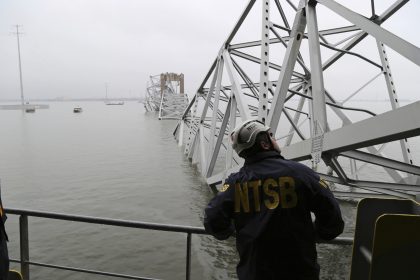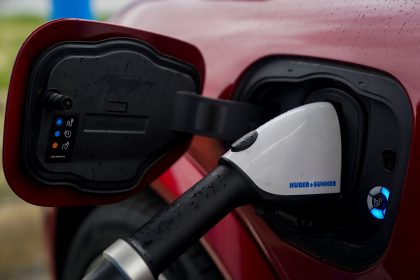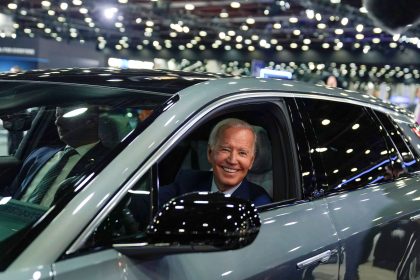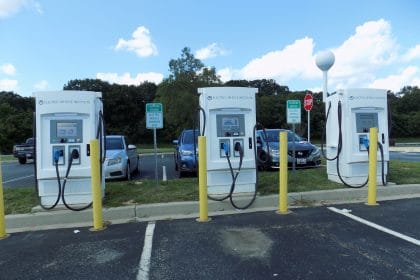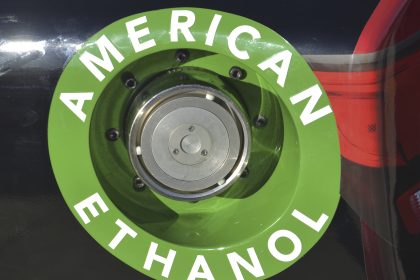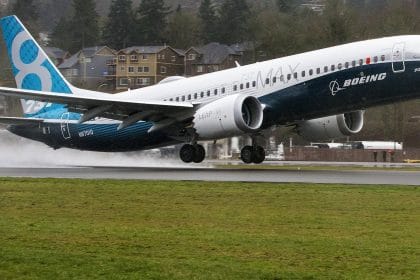Large Trucks, RVs and Buses Seen as Ripe for Solar Integration
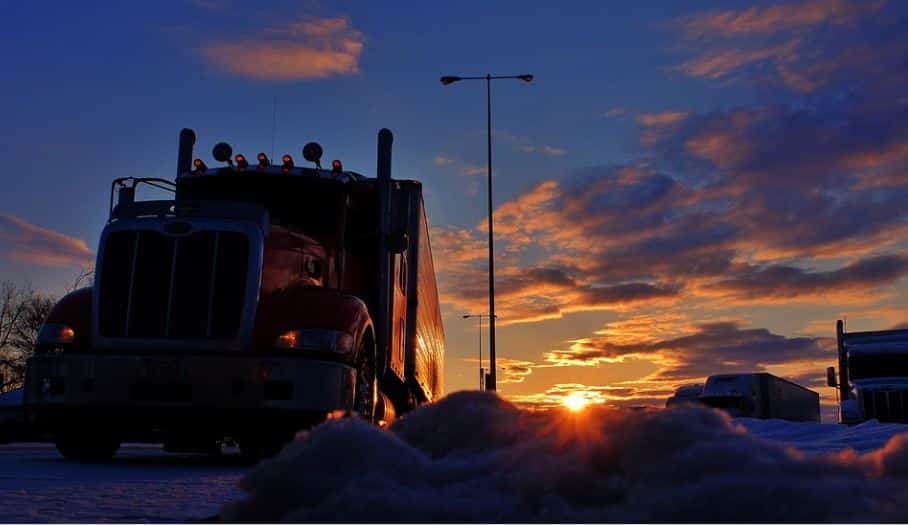
WASHINGTON — After six months of gathering public comment, two agencies of the U.S. Department of Energy have concluded that commercial trucks, RVs, buses and local delivery fleet vehicles are the biggest market opportunity when it comes to integrating solar power into existing motor vehicles.
The initial findings of the DOE’s offices of vehicle technologies and solar energy were released in February under the title “Summary Report from Vehicle-Integrated Photovoltaics Request for Information.”
Last July, the two offices released a request for information seeking comment on the technical and commercial challenges as well as opportunities when it comes to so-called “vehicle-integrated photovoltaics” or “value-added PV systems.”
The DOE has long supported research and development of these systems, and last year’s request was part of an ongoing effort to explore ways to integrate photovoltaic modules into vehicle exteriors and electric system architecture to power EV engines and on-board air conditioning or refrigeration systems.
In doing so, the department and its affiliated agencies have been gathering information from academia, research laboratories, regulators and others to get a better handle on the state of the technologies and the markets in which they might be deployed.
The summary suggests that going forward, there will be two main roles for photovoltaics to be employed in vehicles. The first is, not so surprisingly, in propulsion; the second will be for supporting auxiliary loads.
So why these vehicles?
Well, again not surprisingly, their large, flat and largely standardized surfaces greatly ease the design and installation of the solar panels. Other advantages include their almost constant exposure to sunlight, since large trucks are frequently on the road and almost never stored inside a garage.
Some modules hold potential to generate electricity by replacing components such as the roof, hood, windshield, windows or doors. Other systems are designed to add energy-generating modules onto existing vehicle structures.
The benefits of both are range extension, auxiliary power, improved safety through the use of low-voltage electricity and backup power.
Barriers to adoption include current performance (efficiency and durability); perception of VIPV/VAPV (lack of interest and unclear value proposition); uncertainty (performance and reliability uncertainty), the report said.
Barriers to collaboration between solar and the vehicle industries include risk aversion, a lack of trust between two industries and a lack of validation data.
Dan can be reached at [email protected] and at https://twitter.com/DanMcCue



















